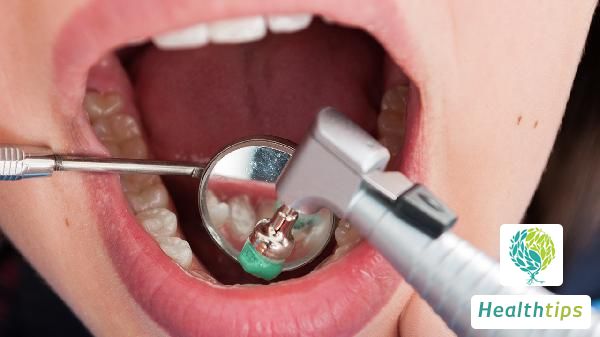"Why Do I Experience Intermittent Brown Discharge After a Uterine Clearance Procedure?"
Post-Abortion Brown Discharge: Causes and Treatments

Intermittent brown discharge after uterine evacuation may be related to residual uterine contents, poor uterine involution, or intrauterine infection, necessitating prompt medical attention for examination and treatment.
1. Residual Uterine Contents
Tissue remnants post-evacuation surgery can lead to persistent brown discharge. In such cases, an ultrasound examination can aid in identifying any retained material within the uterus. If residues are confirmed, medications to promote blood circulation and dissipate blood stasis, such as Motherwort Granules, Postpartum Blood Stasis Removing Granules, and Xinshenghua Granules, can be prescribed to facilitate expulsion. If medications prove ineffective, a repeat evacuation procedure may be necessary to thoroughly remove the residual tissue.
2. Poor Uterine Involution
Inadequate uterine contraction following evacuation surgery can also cause brown discharge, potentially accompanied by vaginal bleeding, lower back pain, and abdominal dragging sensations. Physicians may prescribe oxytocin to stimulate uterine contractions. If residual contents hinder contraction, misoprostol or similar medications can be administered. If necessary, a repeat evacuation may be indicated.
3. Intrauterine Infection
Improper sterilization of instruments during or post-evacuation surgery, early resumption of sexual activity, or inadequate hygiene can lead to intrauterine infections. These infections may manifest as brown discharge accompanied by foul odor, abdominal tenderness, and fever. Prompt antibiotic treatment with medications like amoxicillin, metronidazole, or cephalexin is crucial. Additionally, medications to promote blood circulation and dissipate stasis, such as Motherwort Granules, Xinshenghua Granules, and Postpartum Blood Stasis Removing Granules, can be administered.
A small amount of brown discharge within 3 to 7 days post-evacuation is normal. However, if it persists beyond 10 days, it may indicate an abnormal condition, necessitating immediate medical attention for targeted treatment.



















